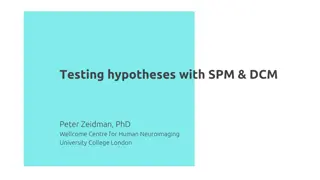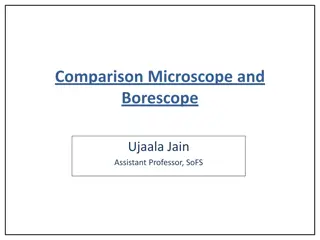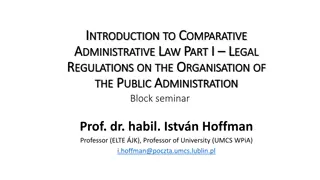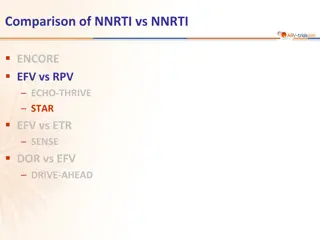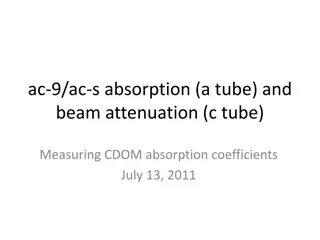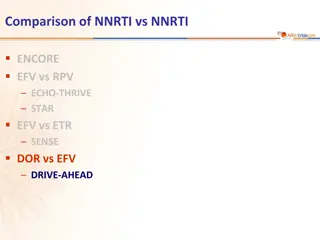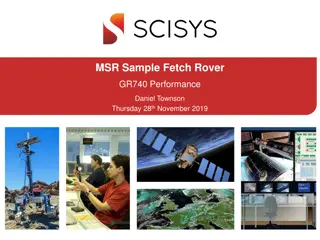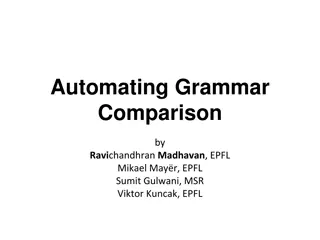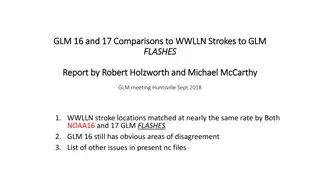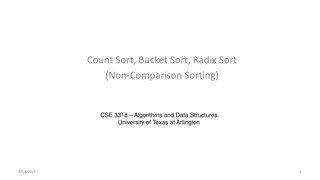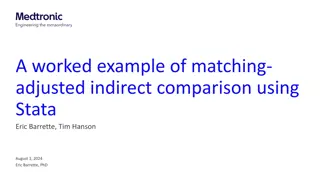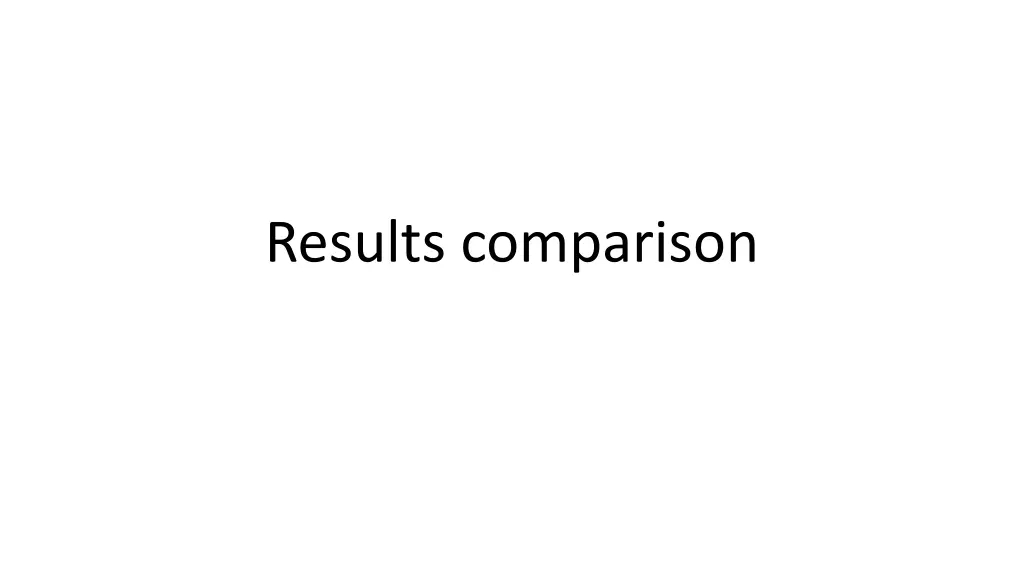
Yeast Biomass Production Comparison
"Comparing yeast biomass production in anaerobic and aerobic conditions revealed anaerobic conditions are more effective. The Crabtree effect plays a role in alcoholic fermentation efficiency."
Download Presentation

Please find below an Image/Link to download the presentation.
The content on the website is provided AS IS for your information and personal use only. It may not be sold, licensed, or shared on other websites without obtaining consent from the author. If you encounter any issues during the download, it is possible that the publisher has removed the file from their server.
You are allowed to download the files provided on this website for personal or commercial use, subject to the condition that they are used lawfully. All files are the property of their respective owners.
The content on the website is provided AS IS for your information and personal use only. It may not be sold, licensed, or shared on other websites without obtaining consent from the author.
E N D
Presentation Transcript
Groups 1 and 2 (glucose, anaerobic) Group 2 Group 1
Groups 1 and 2 summary The OD has risen from 5,95 to around 7,83 Glucose concentration starts at around 8,17 g/l and starts deacreasing hitting 0,03 g/l in 240 minutes. Ethanol concentration is close to 0 g/l in the begining and then peeks in 150 minutes at 5,92 g/l after that it drops down >The last 3 measurements of ethanol in group 1 are a mistake
Summary group 3 The OD is pretty constant and we don t see a huge growth The glucose concentration in the begining is 10,06 g/l and then slowly drops and is equal 0,28 g/l in 240 minutes. The ethanol concentration is a little bit higher than 0 g/l to 120 minute, then we notice a growth and the concentration after 240 minutes is 19,57 g/l > the last measurement is absolutely off as it is not even possible to get such a high ammount of ethanol from this ammount of glucose.
Comparison of OD (aerobic and anaerobic, glucose) 12 10 8 Group 3 6 AVG G1 and G2 4 2 0 t0 t1 t2 t3 t4 t5 t6 t7 t8 t9 t10
Comparing the OD of groups with glucose aerobic and glucose anaerobic we can see that the biomass rose more effectively (from 5,95 to 7,83) in anaerobic conditions when in aerobic conditions the OD from the begining is simmilar to the one from the end of the experiment. Conclusions: anaerobic conditions are better for yeast biomass production than aerobic ones with Crabtree-effect, when it comes to shorter period of time the alcoholic fermentation is also more effective
Summary group 4 After we exclude the first two measurements of OD, that were wrong since the solution wasn t mixed properly, the OD will have tendency to rise, peaking in 210 minutes at 38,15 The glucose concentration is quite constant (around 0 g/l), as the maltose is being broken down to glucose and then immediately metabolised The ethanol concentration starts to fast go up after quite a long time > in 150 minutes the concentration was 1,54 g/l and in 270 minutes it was already more than 6 g/l > it might be beacuse the flask still had air in it as we started the experiment and the yeast used aerobic respiration to win energy at first
Summary group 5 The OD is rising steadily, from around 7 to 11 in 240 minutes There are a few mistakes in ethanol measurements as some values don t add up > after 150 minutes we got 6,18 g/l of ethanol The concentration of glucose is around 0 g/l > fructose is probably metabolised directly > fructose doesn t have to be isomerised to glucose, that can be detected by our test
Comparision of glucose concentrations 12 10 8 Group 1 Group 2 6 Group 3 4 Group 4 Group 5 2 0 t0 t1 t2 t3 t4 t5 t6 t7 t8 t9 t10 -2
Summary In groups 1, 2 and 3 the concentration of glucose has simmilar values during the experiment In group 4, the glucose concentration isn t high and is quite constant, as the maltose is being broken down to glucose and then immediately metabolised In group 5, fructose is probably metabolised directly and doesn t have to be isomerised to glucose, that can be detected by our test


